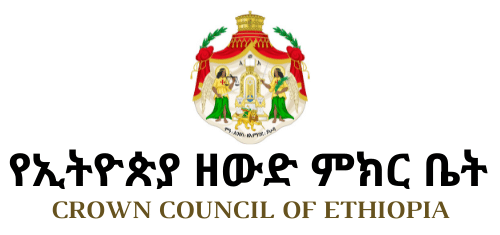Upstaging the late George Plimpton was never easy – being tall helped him command the spotlight. On most occasions, you couldn’t miss his silvery hair and sleepy eyes floating several inches above a milling party scene. But to me his appeal, besides his charm, was his gift as a storyteller – the sense that if you could only get close enough you might hear anecdotes unlike any others, true tales taking you from the sedge grass of the Bharatpur reserve to the percussionist’s seat with the New York Philharmonic to a pre-Castro gin mill in Havana for a night of drinking – with Ernest Hemingway. Wherever he stood, Plimpton’s warm embrace of life created a tidal pull that caused others to gravitate to him.
And so it was not surprising when in 2000 my husband, a White House correspondent, won the approval of Mary Mel French in President Clinton’s protocol office for his request to bring Plimpton, the participatory journalist, to the annual White House Christmas Party for the press.
The evening began, coincidentally, with a party for Plimpton and his latest book, Pet Peeves. When that party ended we departed for the White House, hoping to arrive before the Secret Service locked the doors to the executive mansion. On our way out, we acquired a retinue that included Kevin Chaffee, a reporter for the Washington Times, and Chaffee’s friend, a boyish-looking Ethiopian.
In the haste of the moment, Chaffee wasn’t able to make proper introductions. We were just grateful that his young friend agreed to man the wheel for a hair-raising ride down Rock Creek Park. He’d handle the parking, which meant we should make it into the White House in time.
Upon arriving, we all filled out identification cards for the uniformed Marine who would announce each guest to the President. Plimpton and I noted with interest that the driver also had managed to make his way into the East Room. There we encountered a long receiving line filled with such media heavyweights as Sam Donaldson, Andrea Mitchell (with Fed chairman-husband Alan Greenspan), Steve and Cokie Roberts, Diana Walker, John and Barbara Cochran, and Diane Rehm. The terminus was out of sight – the line snaked through several rooms and down one flight of stairs where the President and First Lady waited.
Capricia Marshall, the social secretary, suddenly walked over and asked me if the five of us were together. I said yes. With that she whisked us to an elevator and the front of the line. Several of the notables, still stranded in place, scowled.
An upbeat mood suffused the elevator as it descended. My husband said, “Well George, you did it for us.” Then the elevator opened, and a White House aide interrupted the other musings: “Will the prince of Ethiopia please step this way.”
There followed an extended conversation between the President and Ermias Sahle Selassie, grandson of the late emperor. Plimpton’s own chat with the president was warm, and George left with another story for his repertoire.
– Willee Lewis
Willee Lewis is president of the board of the PEN/Faulkner Foundation, on which her friend George Plimpton also served. REPRINTED FROM WASHINGTONIAN MAGAZINE, DECEMBER 2003








